Amateur Cinema Between the Wars in Italy
by Andrea Mariani and Simona Schneider
Italian film culture between the second half of the 1920s and the beginning of the 1930s was influenced by two salient factors: the emergence and reorganization of cine-clubs and various associations of amateur filmmakers, and state provisions for the promotion of educational cinema. In Italy, the standardization of the 16mm format allowed for greater centralization and institutionalization of amateur filmmaking practices in this period. This process radically transformed the dominant conventions of the previous decade, which were at once marked by incredible vibrancy and disorganization. In 1934, Benito Mussolini’s Fascist regime set about centralizing control of Italian cine-clubs, film associations, and amateur cinema organizations as part of the Fascist University Groups (Gufs). The objective in doing this was to reform amateur film practices into an elite-driven avant-garde whose production was rationalized and committed to fascist political ends.
This page provides an introduction to amateur film culture in Italy. The timeline below sketches out key events and contexts from this period; you can also explore a map of amateur movie clubs that were established in Italy during the 1920s and 30s; finally. a list of noteworthy films provides a starting point for understanding the range of different types of amateur films that were produced in Italy.
To read more about how amateur film was conceptualized in Italy (and elsewhere), visit the Dossier section of this site.
Amateur Movie Clubs
Click on the points below to find out more about each movie club.
Significant Films
The selected films provide an introduction to amateur filmmaking in Italy during the 1920s and 30s. Follow the links for more information and to view the films (where available).
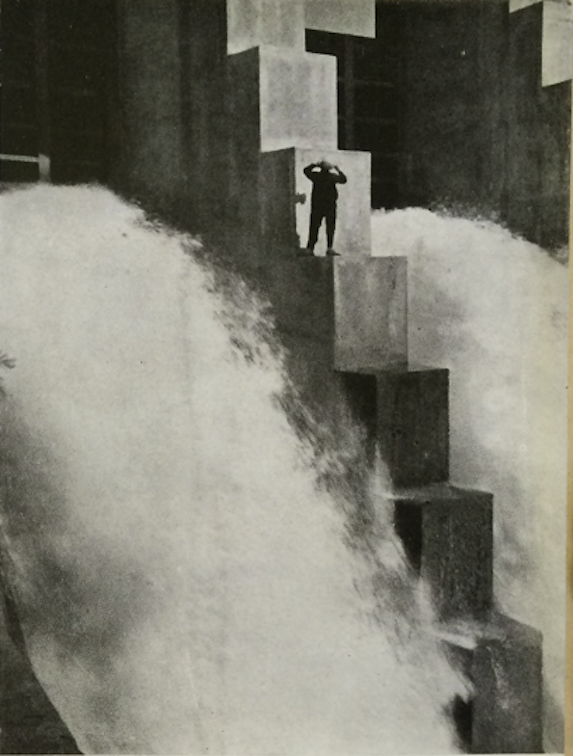
Alta tensione [High Tension] (Arrigo Colombo, 1934)
The film takes place in a power plant, but while presenting the story of the plant’s operation as the background, it shows the work in its most salient phases in relation to and in contrast with a human drama, underscoring the dangers and sacrifices that the production of electricity requires. 2nd Place winner at the Biennale Cinematografica, Venezia, 1934.
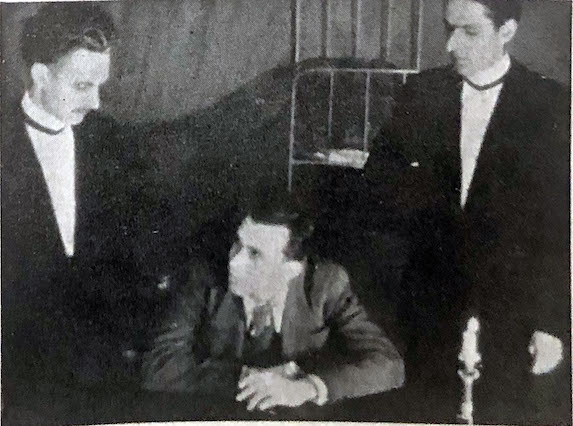
Il Cuore Rivelatore [The Tell-Tale Heart] (Mario Monicelli, Alberto Mondadori, 1934)
An adaptation of the Edgar Allan Poe story produced by the Cineguf of Milan. According to one review, “Mondadori concerns himself with creating the hallucinated atmosphere through a not excessive use of pure technical expedients; a greater clarity in the cinematographic story follows, which moves forward in a sustained enough fashion also for the good acting.”
For more information. Watch the film.
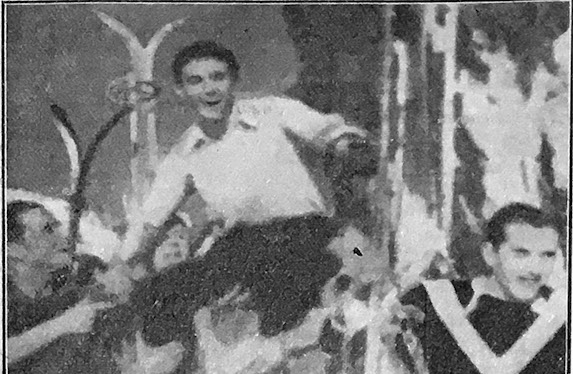
Entusiasmo [Enthusiasm] (Francesco Pasinetti, 1933)
A feature-length fiction film by the Cineguf of Venice. Pasinetti was the leader of the Venice cine-club and an active force in organizing the amateur film section of the Second Biennale of Cinema in Venice in 1934. Pasinetti also completed the first MA thesis about cinema history in Italy.
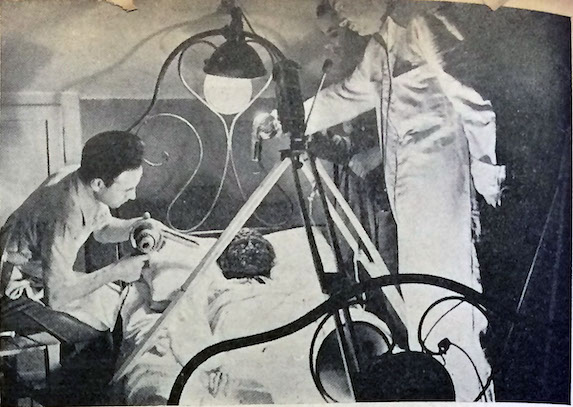
Il Caso Valdemar [The Facts in the Case of M. Valdemar] (Ubaldo Magnaghi, 1936)
A short fiction film based on the eponymous story by Edgar Allan Poe, produced by the Cineguf of Milan. The film uses dynamic lighting and camera angles as well as impactful special effects to dramatize the story.
For more information. Watch the film.
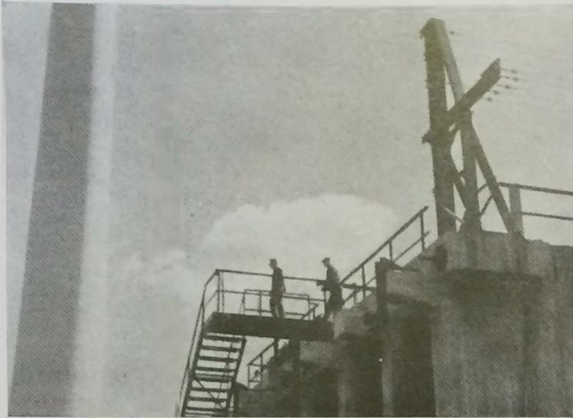
Carbone [Coal] (Galeazzo Biadene, 1935)
The film is an industrial documentary about a large Coke factory. Described as a “documentario a fantasia” (avant-garde documentary) it belongs to a category of amateur production which applied keen awareness of stylistics to the subject matter at hand. In this case, the film uses dynamic montage to enliven static shots of the factory.
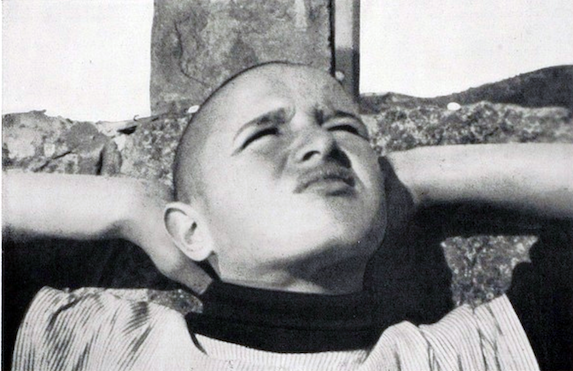
Arco felice [Happy Arch] (Domenico Paolella, 1935)
A documentary short film about “Neapolitan street urchins,” presented without intertitles and praised for its rhetorical directness. “More than any other small format fiction film, it takes into account the importance of the relationship between screenplay and the montage, of the continuity, to use a precise expression.”
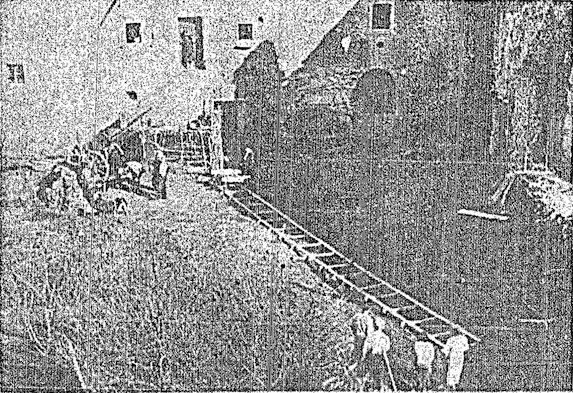
Il Buon seme, [The Good Seed] (Pio Squitieri, 1937)
A short fiction film that “describes, through infinite details, the story of a misguided child, who after adventurous vagrancy, is locked up in a reformatory for the expiation of the sentence imposed on him as a result of a crime he committed. Spiritual transformation follow until we see him returned to society rehabilitated.”
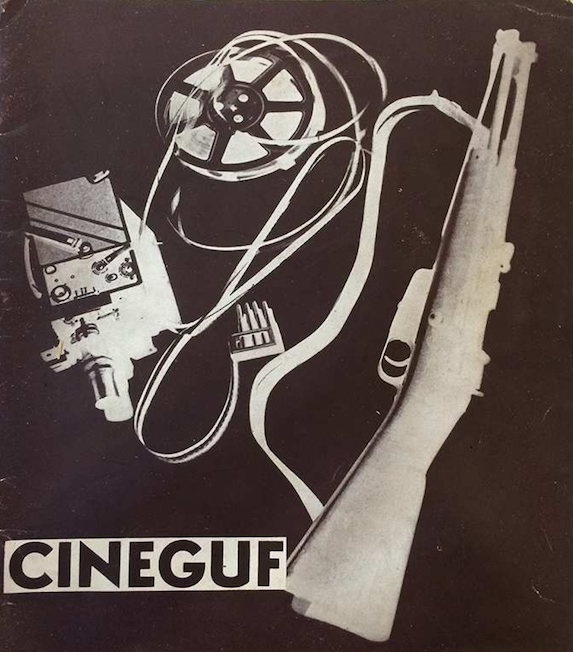
Cineguf Genova – Attività dell’Anno XIX [Cineguf Genoa - Year XIX Activities] (Enrico Paolo Chierici, 1941)
A documentary chronicle film produced by the Cineguf of Genoa.